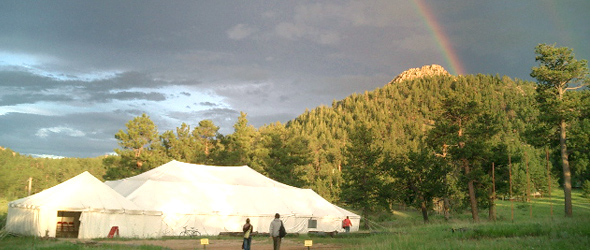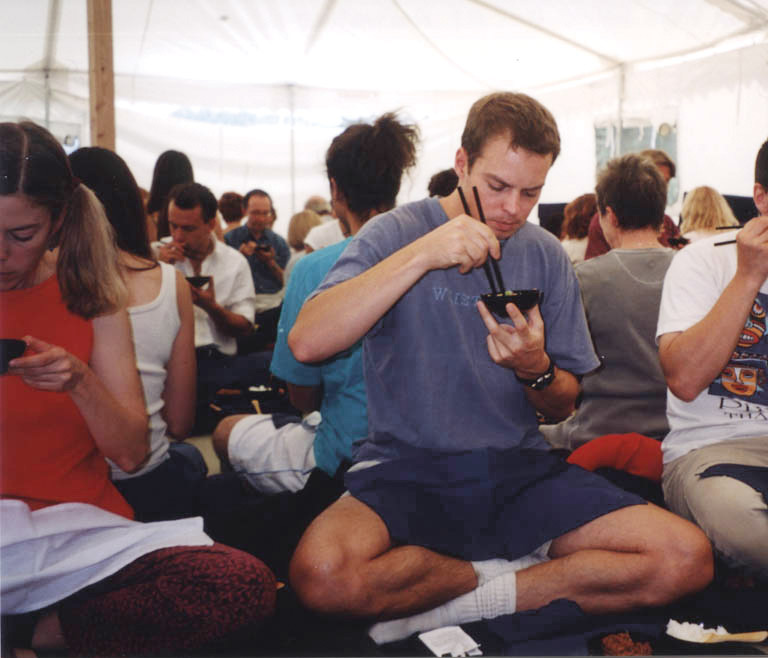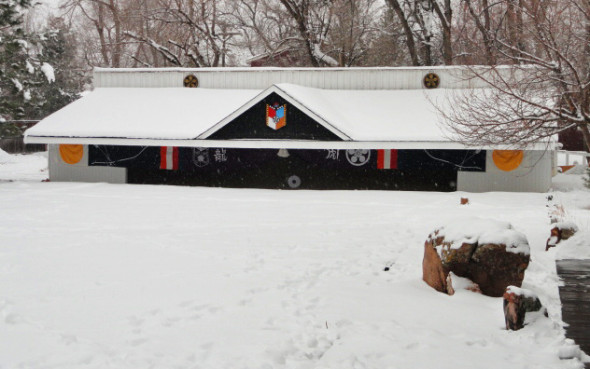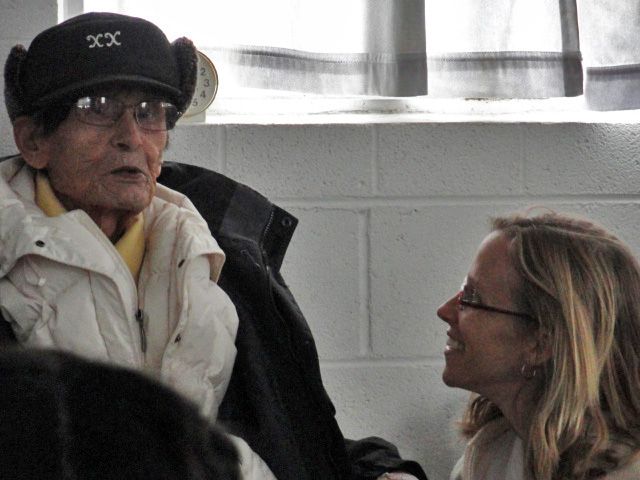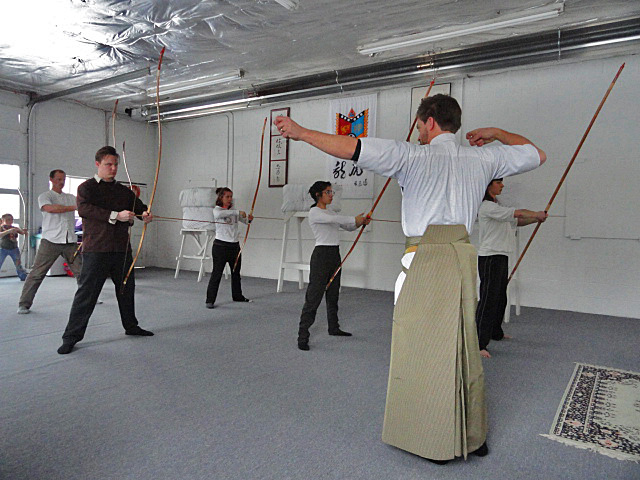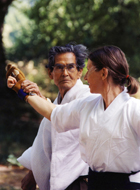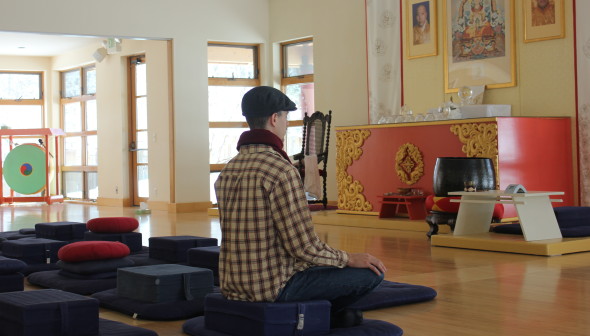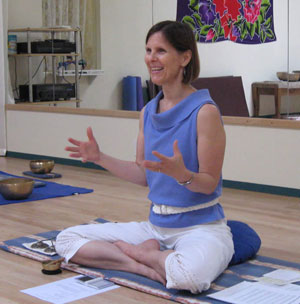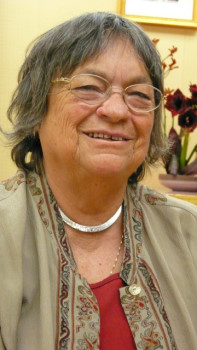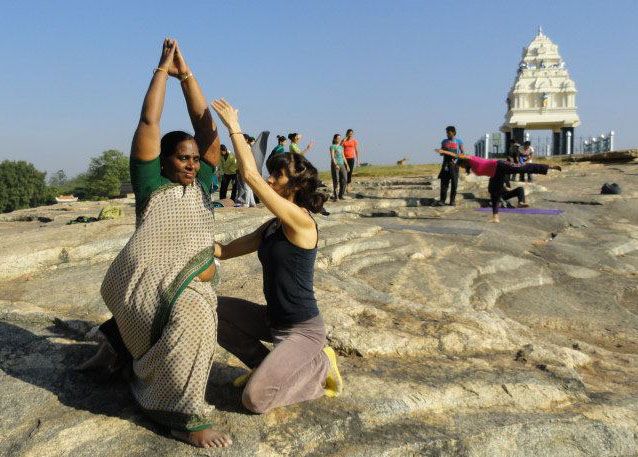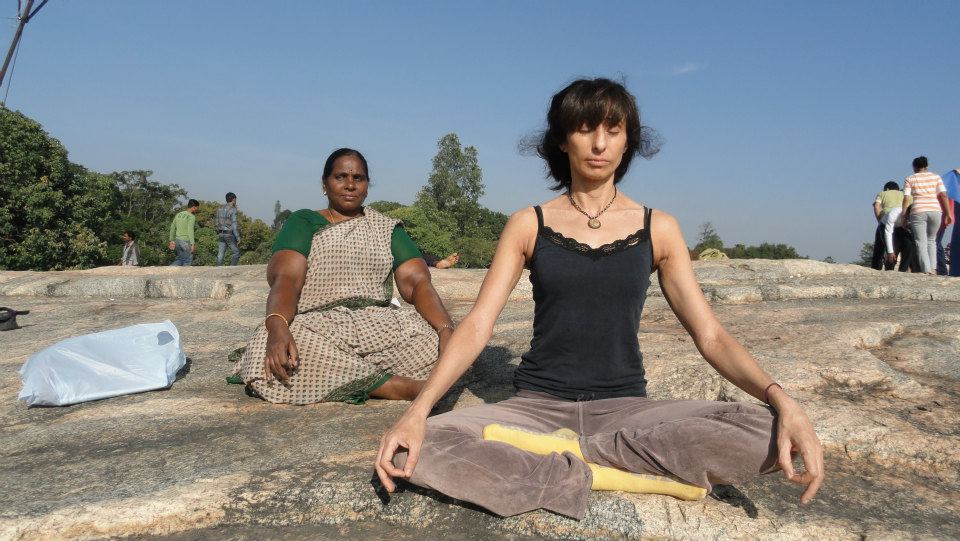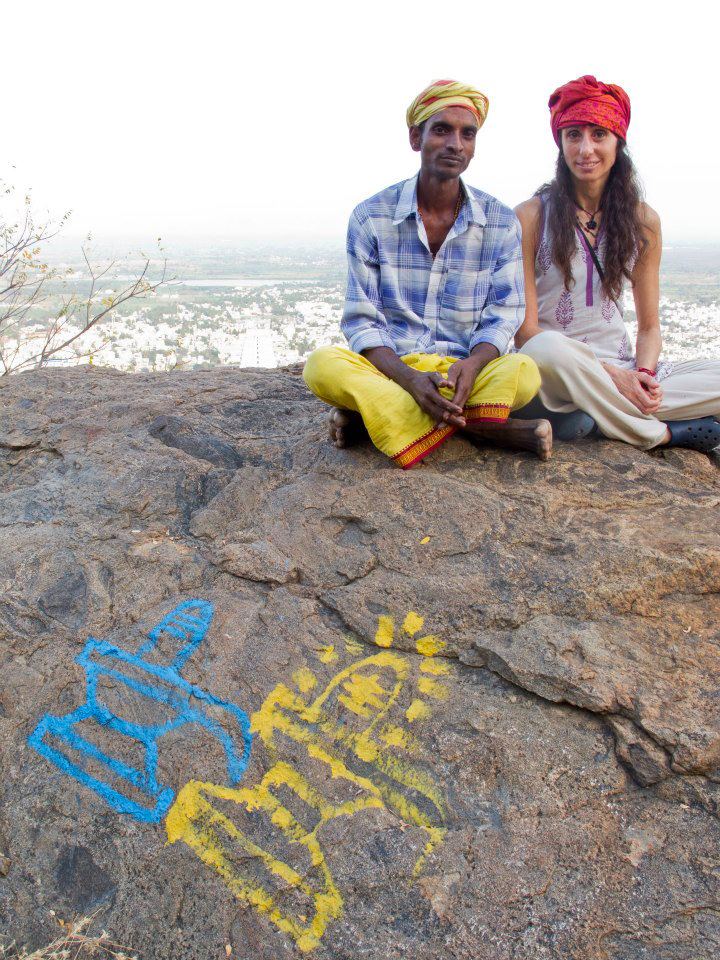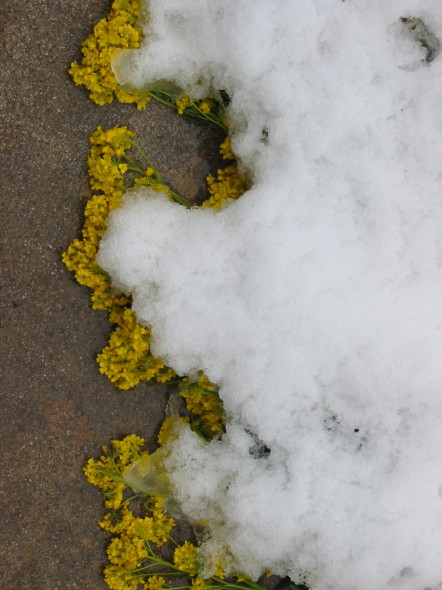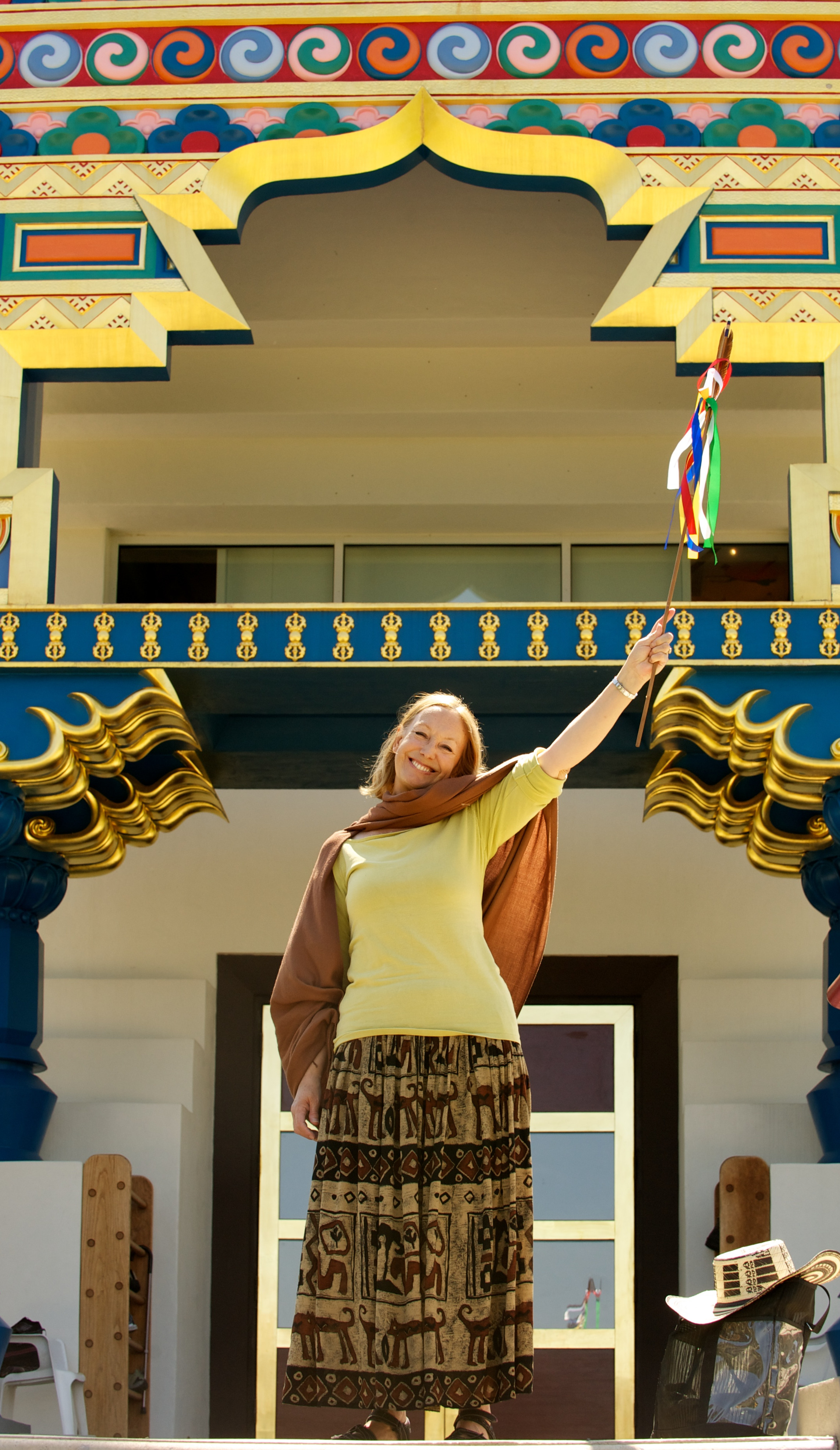by Dr. Ronald Alexander
I believe that within all of us lies dormant the potential for tremendous transformation that can lead to greater happiness. In my many years as a mind-body psychotherapist, educator, trainer, and consultant I’ve watched thousands of clients let go of their false beliefs about who they are and what roads are open to them. They found new paths to fulfillment and happiness that were previously hidden by their fears.
 The art of creative transformation begins with the willingness to be mindful of your hidden resistance to making a change, examining it, and breaking it down. You might find yourself closing your eyes to any other avenues available to you, obsessing about the past and trying to reclaim what was once yours. This resistance blocks you from recognizing that what lies ahead for you might actually make you happier than you’ve ever been.
The art of creative transformation begins with the willingness to be mindful of your hidden resistance to making a change, examining it, and breaking it down. You might find yourself closing your eyes to any other avenues available to you, obsessing about the past and trying to reclaim what was once yours. This resistance blocks you from recognizing that what lies ahead for you might actually make you happier than you’ve ever been.
The second step is tuning in and listening to the wisdom of your soul or unconscious, the state in which core creativity takes place. I particularly recommend a mindfulness or insight meditation practice, which allows you to see the true nature of your experiences. Other forms of meditation that help you access an open mind are prayer, contemplation, mindful movement such as martial arts, tai chi, and yoga, and just being in nature.
The final step is to create a practical plan to manifest your goals. Any plan or vision requires research if you want to make it a reality. Don’t rush. Learning about how people have overcome obstacles and achieved success can help you identify the elements in their winning formulas, but then you must apply their insights to your own life. A vision board may help keep you on track.
Quite often, my clients begin the process of envisioning a new life by insisting that they need more money. Instead of assuming that money is your golden ticket to a fulfilling life, think about how you can increase the number and range of opportunities available to you.
Rebuilding after any great loss can be extremely difficult, but I’ve seen people use meditation and the art of creative transformation to pull themselves out of a valley of despair and even create successes they never would’ve dreamed of before their initial loss. A forward-thinking view can lead to reinvention and healing.
Ronald Alexander, PhD is a leadership consultant, psychotherapist, international trainer, and the Executive Director of the OpenMind Training Institute. He will be leading a retreat at Shambhala Mountain Center July 5-7. He is the author of Wise Mind, Open Mind: Finding Purpose and Meaning in Times of Crisis, Loss and Change upon which this article is based.


